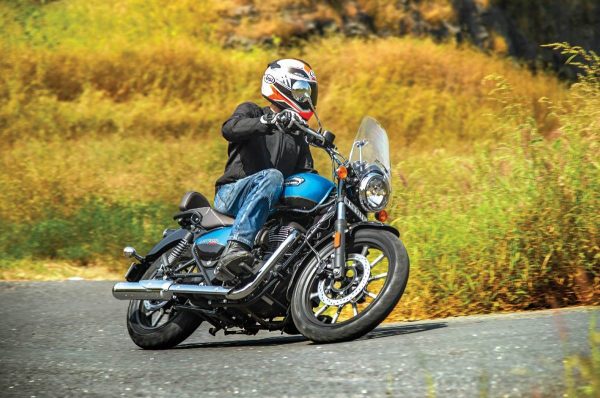New Ride: 2024 Road Glide CVO ST
25 Years of ProgressionAn Overview and Review By Johnny White This year marks 25 years since Harley-Davidson first released a CVO, which stands for Custom Vehicle Operations. The Factory has always been known to chase the trends to ensure they are on the cutting edge as far as fit and functionality of the newest and […]
New Ride: 2024 Road Glide CVO ST Read More »


